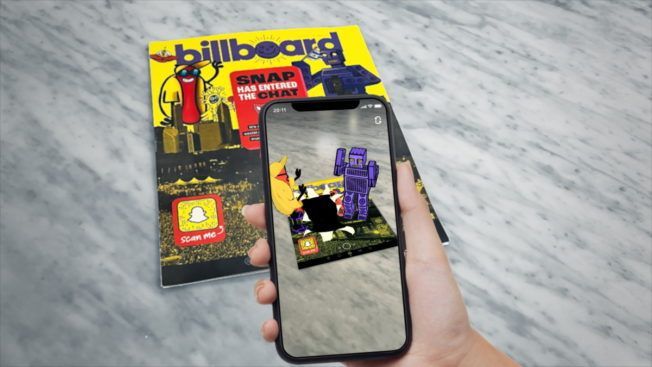How Much Does a Billboard Cost?
Billboards have been a staple in advertising for decades, offering a large, visible platform to reach a broad audience. But how much does it cost to put up a billboard? This guide delves into the various factors influencing billboard pricing, types of billboards, and how businesses can optimize their outdoor advertising strategies.
Types of Billboards
- Traditional Billboards: Static, printed billboards typically found along highways and in high-traffic areas. They are a cost-effective option for long-term campaigns.
- Digital Billboards: These use LED displays to show dynamic content and can change ads every few seconds. They are more expensive than traditional billboards but offer greater flexibility.
- Mobile Billboards: Placed on vehicles, these billboards move around, offering the ability to target specific areas at specific times.
- Interactive Billboards: Utilizing technologies like augmented reality (AR), these billboards engage viewers in unique, interactive experiences.

Factors Influencing Billboard Costs
Several factors affect the cost of billboard advertising:
- Location: The location of the billboard is a primary cost driver. High-traffic urban areas like Los Angeles command higher prices than rural areas.
- Size: Larger billboards, like those found on highways, are more expensive than smaller ones on city streets.
- Duration: The length of the advertising campaign also impacts the cost. Longer campaigns usually have discounted rates.
- Production Costs: The cost to design and produce the billboard content varies depending on whether it's a traditional or digital billboard.
- Visibility: Billboards in high-visibility areas, such as busy intersections, are priced higher due to the increased exposure.
- Target Audience: Billboards targeting high-income or niche demographics may be more expensive due to the strategic value of their locations.
Average Costs of Billboards
The cost of billboards can vary widely. Here are some average costs for different types of billboards:
- Traditional Billboards: Typically range from $250 to $1,200 per month in rural areas and from $1,500 to $4,000 per month in small to mid-sized cities. In major metropolitan areas, prices can go as high as $14,000 per month.
- Digital Billboards: Cost between $1,200 and $15,000 per month, depending on location and demand.
- Mobile Billboards: These can cost between $800 and $3,200 per day, varying with the location and duration of the campaign.
- Interactive Billboards: The cost for interactive billboards can be significantly higher due to the technology involved, often starting at $10,000 per campaign and increasing based on complexity.
Cost Breakdown by Location
- Los Angeles: One of the most expensive cities for billboard advertising. Traditional billboard costs can range from $2,000 to $15,000 per month, while digital billboards can cost upwards of $20,000 per month.
- Rural Areas: More affordable, with traditional billboards ranging from $250 to $1,500 per month, making them a cost-effective option for small businesses.
- High Traffic Areas: Billboards in these areas, such as Times Square in New York, can cost between $1.1 million and $4 million per year due to the immense exposure they offer.
Production Costs
- Design Costs: Creating the visual design for a billboard can cost anywhere from $500 to $2,500, depending on the complexity and the designer's experience.
- Printing Costs: For traditional billboards, printing costs are between $300 and $500.
- Installation Costs: The cost of installing a traditional billboard can range from $500 to $700, while digital billboards may have higher installation costs due to the technology involved.
Benefits of Billboard Advertising
- High Reach: Billboards are seen by many people, especially those in high-traffic areas.
- Constant Exposure: Unlike TV or online ads, billboards are always on display, offering potential customers constant exposure.
- Cost-Effective: When calculated on a cost-per-impression basis, billboards can be very cost-effective, especially in rural or less competitive areas.
Conclusion
Billboard advertising costs vary significantly based on location, size, type, and campaign duration. While urban areas and digital billboards are more expensive, they offer greater reach and flexibility. On the other hand, traditional billboards in rural areas provide a cost-effective option for smaller businesses. Understanding these factors can help businesses effectively budget their outdoor advertising campaigns and maximize their return on investment.
By leveraging the right type of billboard in the optimal location, businesses can enhance their visibility and attract a broader audience, making billboards a valuable component of any advertising strategy.
TALK TO A PRO
We're here to bring your brand to life!
Stay Connected with BrandXR
Create Augmented Reality for Free!
Create, Publish, and Measure 3D Augmented Reality Experiences Without Having to Code.














